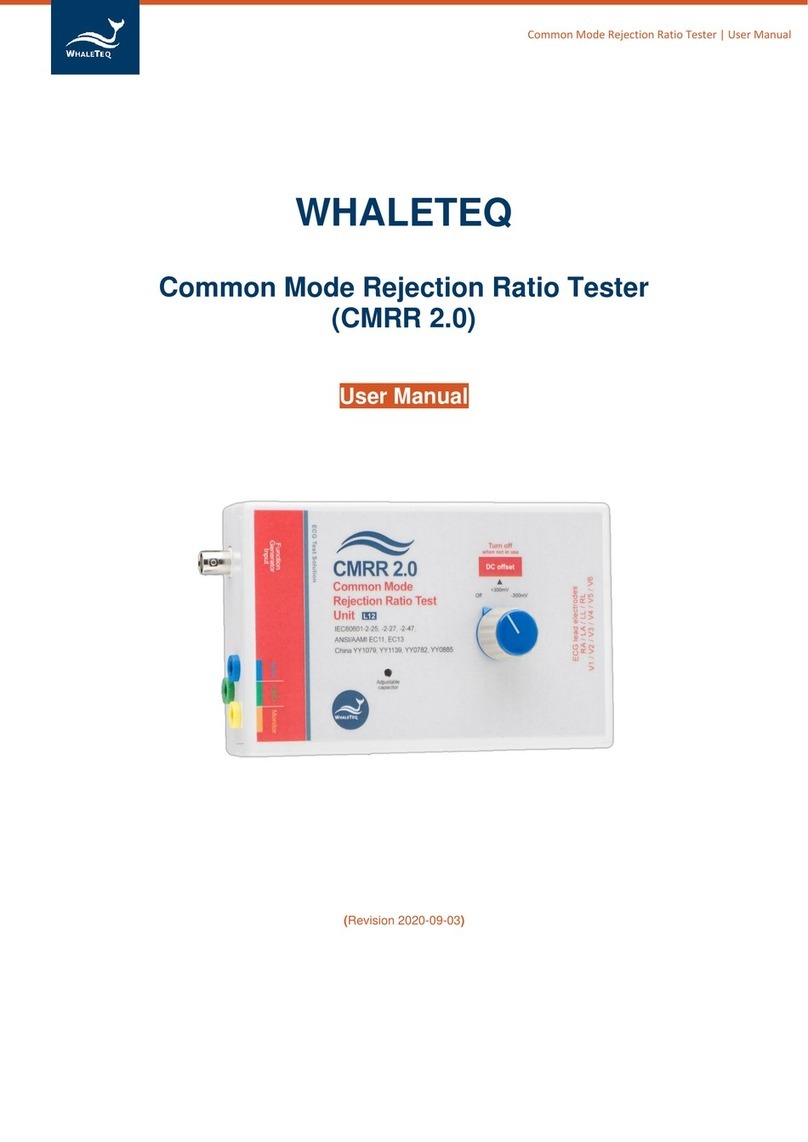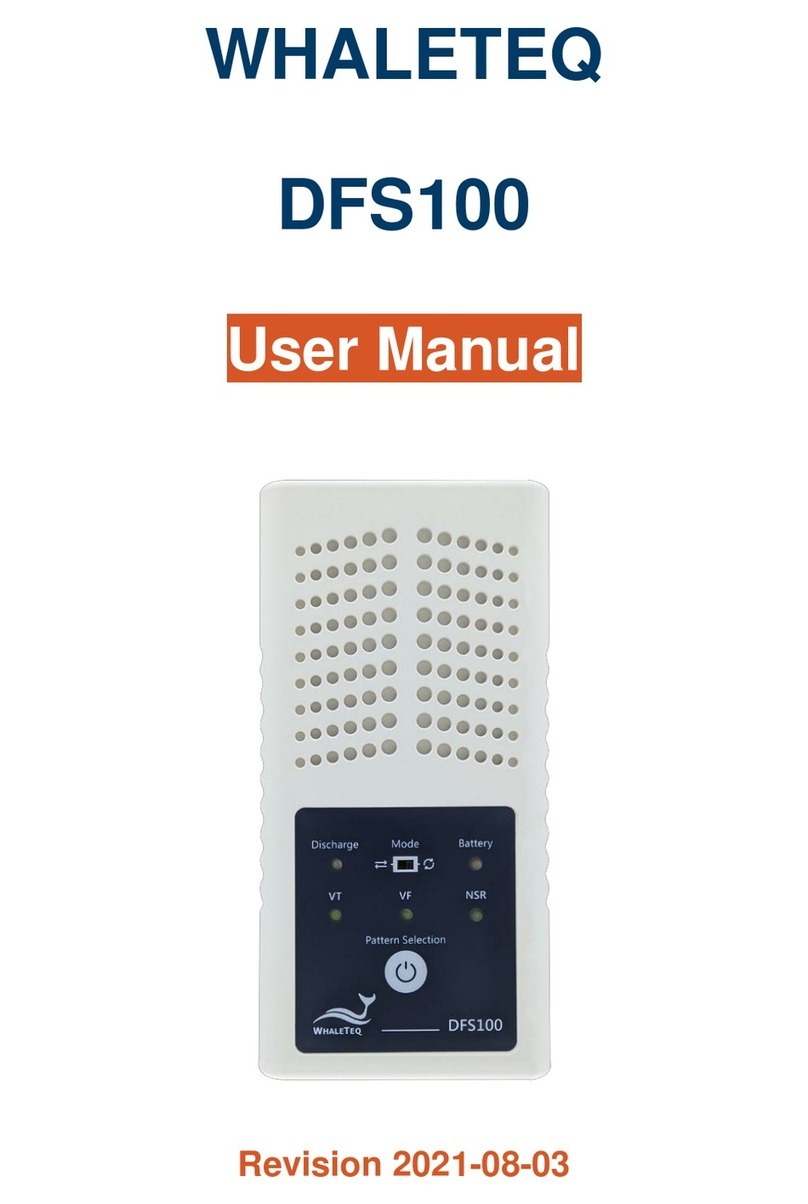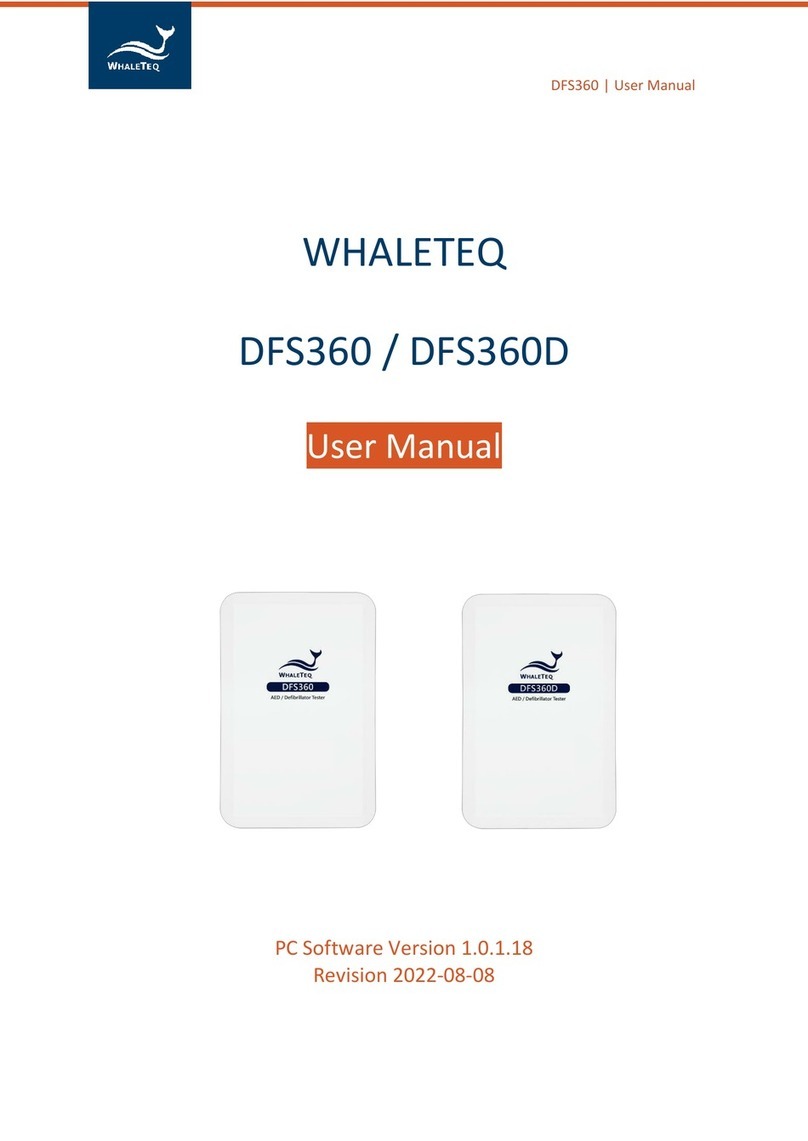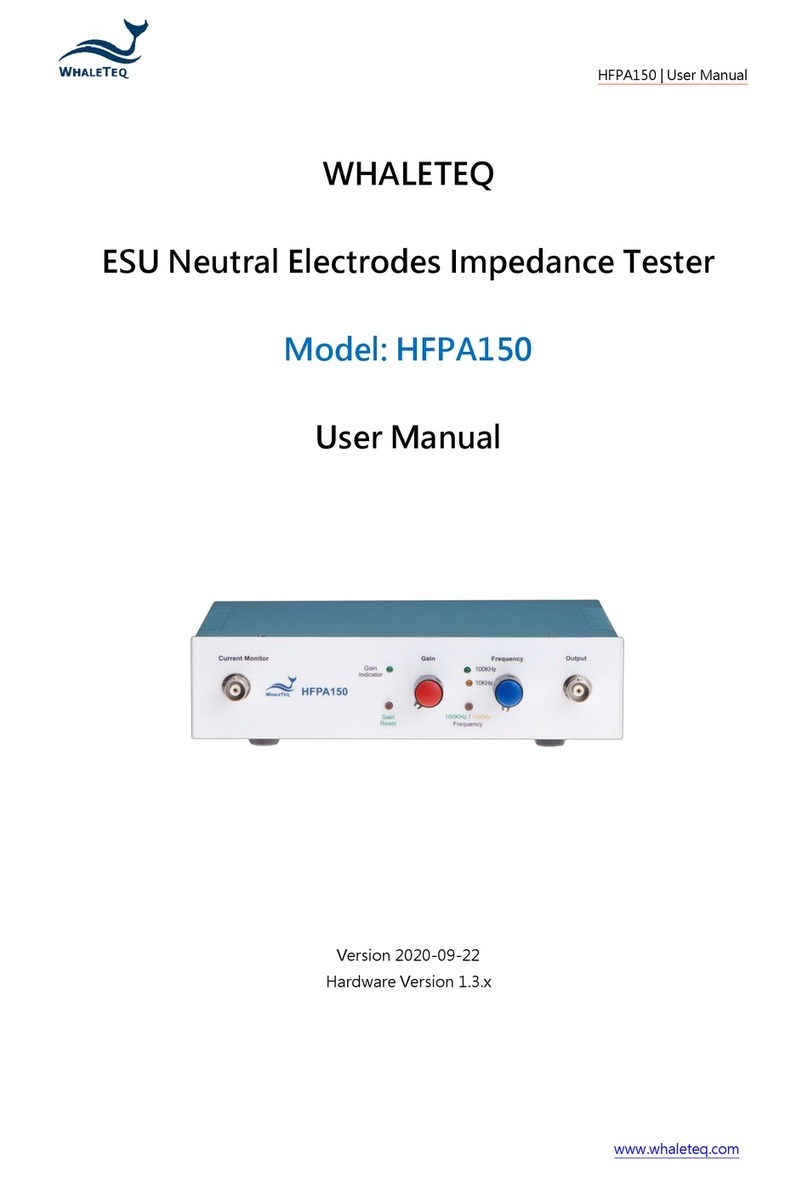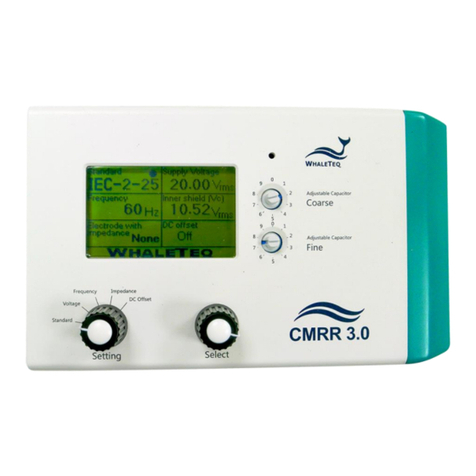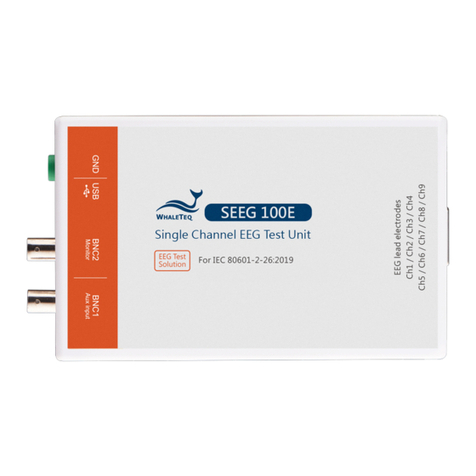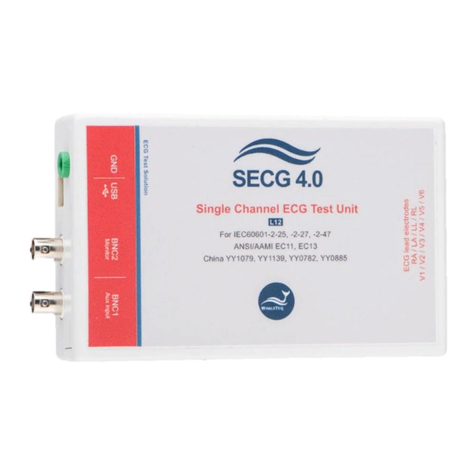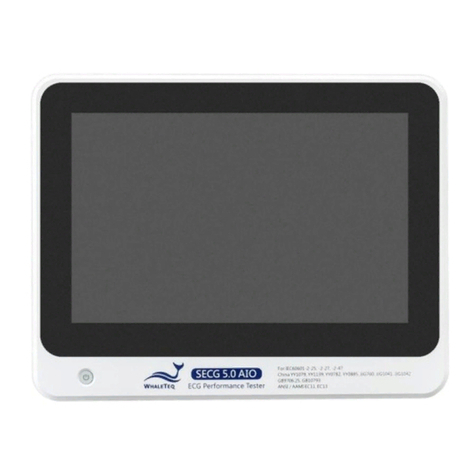Fig. 3-3, CMRR 3.0E with top shielding cover
4Principle of the CMRR test
4.1 Common mode rejection ratio explained
A perfect device measuring a differential voltage should not respond to the level of common mode
voltage which appears at both inputs. For example, a multimeter where the positive terminal is
+100.017V and the negative terminal is +100.001V should theoretically indicate measured voltage of
16mV.
In practice, due to slight differences in resistances used in differential amplifiers, some of the common
mode voltage will come through as an error. The common mode rejection ratio or CMRR indicates the
ability of the equipment to reject these common mode voltages.
A scale of dB is normally used as the ratio can range from as low as 100 up to 100,000 (40dB to 100dB). A
CMRR of 60dB indicates a ratio of 1000, and means that common mode voltages will be reduce by a
factor of 1000. In the example given, equipment with a CMRR of 60dB would have the common voltage
(+100V) reduced to 10mV, still a significant error relative to the differential voltage of 16mV. In practice,
the common mode voltage is usually not more than 10 times the differential voltage, so a CMRR of 60dB
would only result in a 0.1% error.
The most common source of common mode noise is mains voltages, i.e. 50/60Hz. Thus, CMRR in meters
is usually specified at these frequencies. But it is important to note that CMRR varies with frequency.
Common mode rejection also varies with the impedance of the source, or more specifically the
impedance imbalance, as the imbalance also upsets the measurement circuit. CMRR for multimeters is
typically specified with a 1kΩ imbalance.
4.2 Test equipment
Refer to the standard for the test circuit.
From a testing point of view the series 100pF introduces significant complications, as it represents a very
high impedance of about 30MΩ at 50/60Hz. This means that attempts to measure the applied voltage
(10Vrms) with a normal multimeter will fail, because the meter has around 10MΩ input impedance. It is
possible to use 1000:1 HV probe with an oscilloscope (100MΩ/3pF), but noise and other errors can be
large. Even 100MΩ/3pF will load the circuit, so the voltage will change (increase) by about 5% after the
HV probe is removed, which should be accounted for if such probes are used.
WhaleTeq CMRR 3.0E equipment resolved the difficulty in measuring Vc by using 110MΩ/10MΩ 11:1

